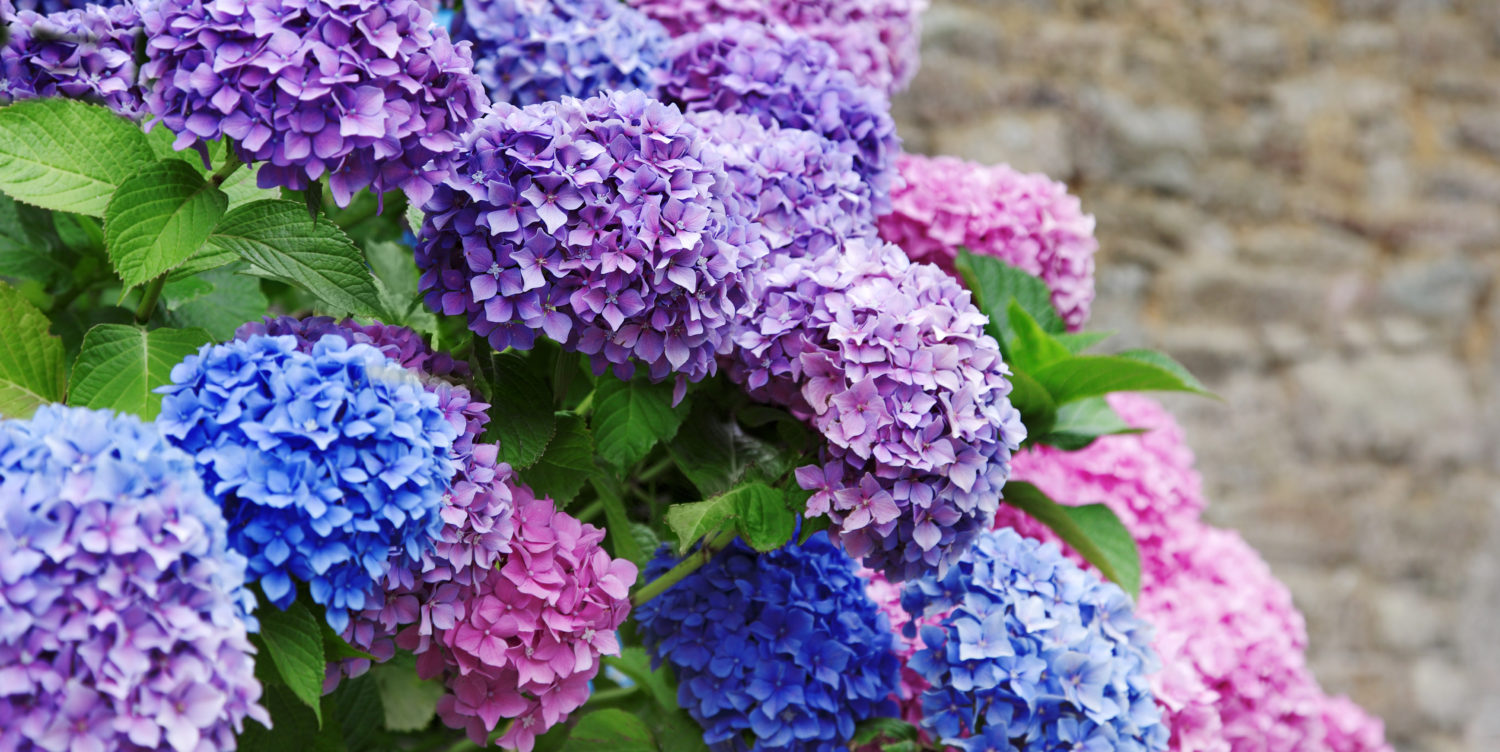The products and services mentioned below were selected independent of sales and advertising. However, Simplemost may receive a small commission from the purchase of any products or services through an affiliate link to the retailer's website.
Hydrangeas are gorgeous plants that can grow as vines, trees or shrubs. There are at least 70 varieties of the flowering plants, ranging from sweet “vanilla strawberry” to brilliant “pistachio” and pretty much everything in between. But if your hydrangeas are not the color of your dreams, you just might be able to change them. It’s all in the soil.
Bigleaf French Hydrangeas
Before you get too excited, there is a caveat. Only certain types of hydrangea flowers can take on a different hue. Most French hydrangeas in the Bigleaf family, such as lacecap and mophead hydrangeas, will change colors based on the pH of the soil.
Fortunately, these are some of the most commonly-found varieties grown in yards and gardens around the United States, so there is a fair chance that if you have a hydrangea plant, you could change its color. Just note that while you can change the hue of your pink, blue and red hydrangeas, the white ones will always remain that snowy shade.

Test And Adjust The pH
The color of your flowers is primarily determined by the pH levels of the soil. Before taking the time to test your soil, make sure your hydrangea plant is mature. Experts recommend waiting until at least two years after planting your hydrangea to alter the soil, as this allows sufficient time for the plant to recover from the shock of transplanting.
You can purchase a testing kit for less than $15. Blue flowers grow best in soil that is acidic with a pH of less than 5.5 and pink and red flowers grow better in alkaline or even neutral soil with a pH greater than 5.5. Once you’ve determined the pH level of the earth around your plant, you can begin to make changes.
Add garden sulfur or aluminum sulfate to lower the pH or add ground lime to increase it. Be sure to follow the product instructions. Alternatively, seek advice from your county extension office or local nursery.
Retest the soil after applying a product and then be patient. It might be several months before the flowers begin to take on a new tint.
But eventually? You just might have the garden you’ve been dreaming of!
[h/t: 12 Tomatoes]
This story originally appeared on Simplemost. Checkout Simplemost for additional stories.


